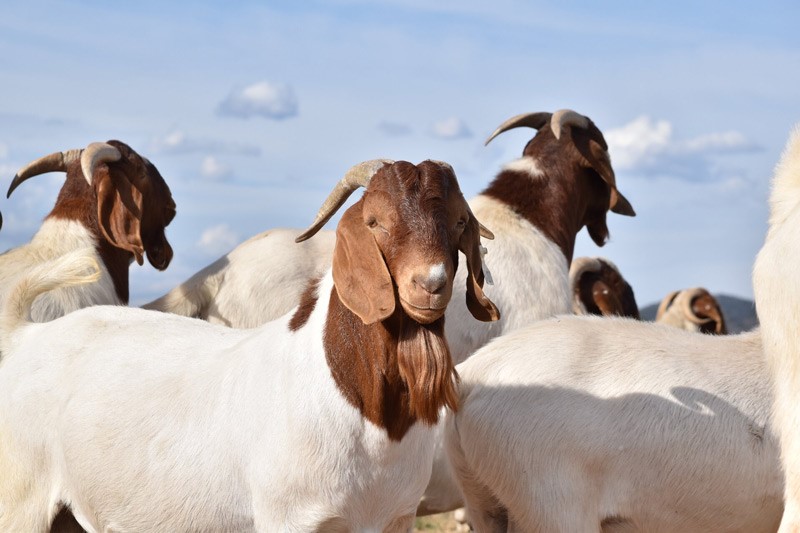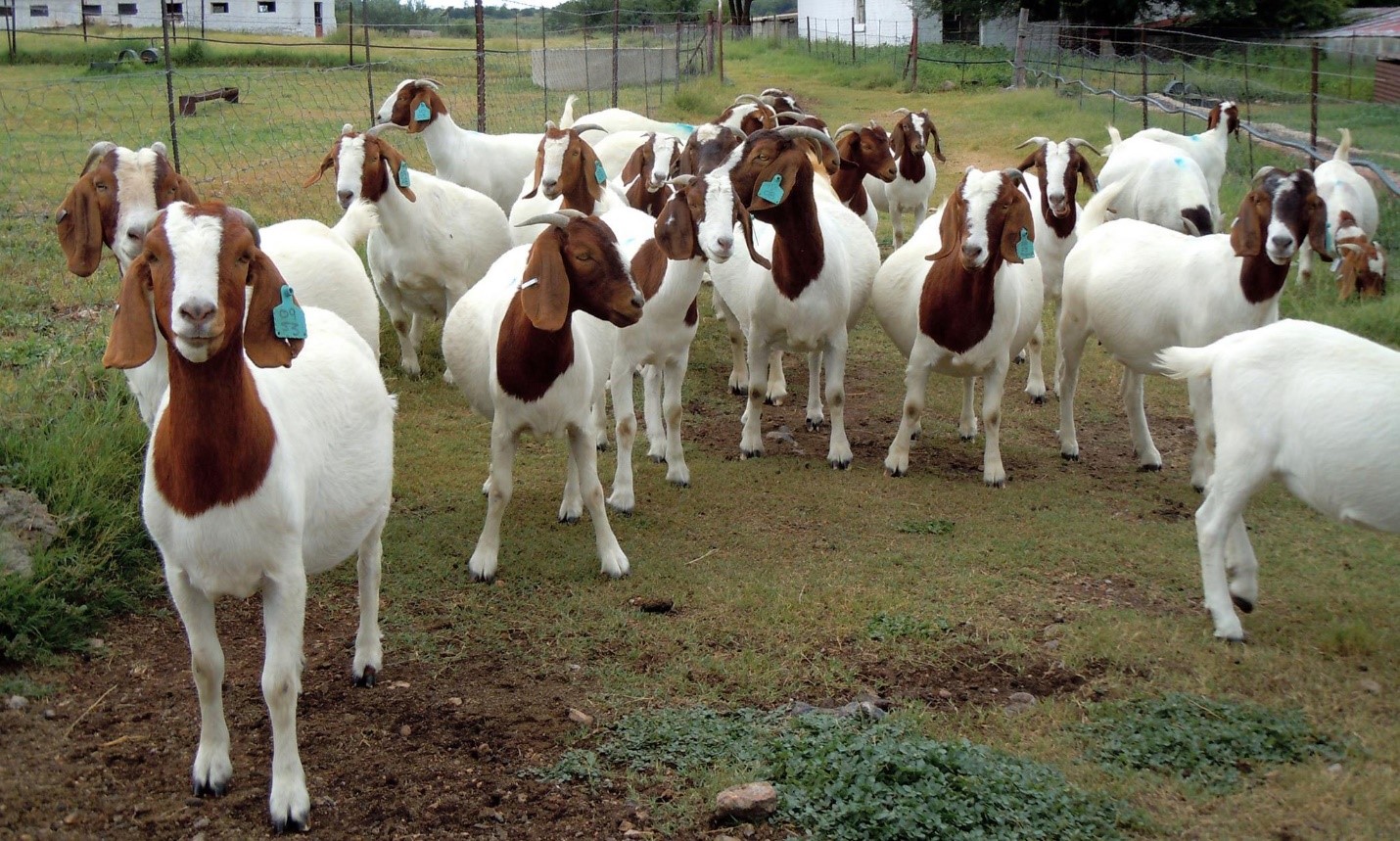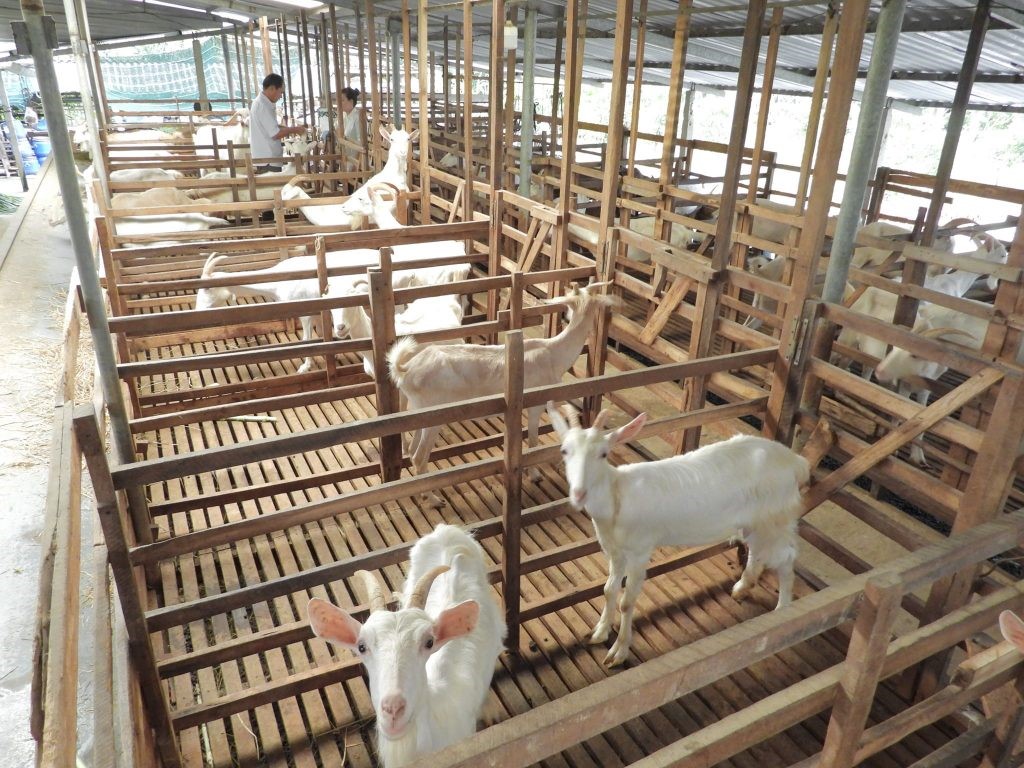Regular deworming is an important step in taking care of the health of goats, helping to prevent parasites and increase the ability to absorb nutrients.
Deworming is a crucial step in the health management of goat herds. Parasitic worm infections not only reduce weight gain and feed efficiency but also suppress the immune system, creating favorable conditions for secondary infections and ultimately decreasing productivity in goat farming. When should goats be dewormed, which anthelmintics should be used, and what are the common mistakes farmers make in goat rearing?
I. WHY GOATS NEED ROUTINE DEWORMING
Goats are highly susceptible to gastrointestinal parasites such as roundworms, hookworms, whipworms, tapeworms, as well as certain lungworms and liver flukes—especially under free-range or semi-intensive farming systems. These parasites significantly affect the health and productivity of goats by:
 Image of deworming for goats
Image of deworming for goats
– Causing malnutrition, poor growth, and stunted development.
– Reducing reproductive performance in does.
– Inducing digestive disorders (diarrhea, bloating, abdominal distension).
– Weakening the immune system, making goats more vulnerable to secondary infections.
– Decreasing feed utilization efficiency, thus increasing production costs.
For these reasons, routine deworming is essential to protect herd health and enhance livestock productivity.
II. WHEN TO DEWORM GOATS
For Kids (Young Goats):
– First deworming: When kids are 3 to 4 weeks old.
– Afterward: Deworm every 3–6 months, depending on the level of infestation and hygiene conditions.
For Adult Goats:
Routine deworming every 3–6 months, based on the parasite load at the farm.
Ideal deworming times include:
– Before the rainy season (high humidity favors worm development).
– After the rainy season, especially in low-lying, humid areas.
– Two weeks before breeding or kidding to minimize vertical transmission to offspring.
Important Notes:
Avoid deworming during the first two months of pregnancy or when the animal is sick, weak, or has a high fever.

III. COMMON ANTHELMINTIC GROUPS FOR GOATS
Various classes of dewormers are effective, each with specific indications, pros, and cons. Recommended options include:
– Albendazole Group: Broad-spectrum anthelmintic effective against nematodes, cestodes (tapeworms), trematodes (flukes), and lungworms.
Products: Aldazole, Albenol 100 Oral (oral administration).
– Ivermectin Group: Effective against both internal and external parasites in goats.
Products: Intermectin (injectable), Ivmectin 6 WS (for feed mixing).
– Levamisole Group: Effective mainly against nematodes and hookworms.
Products: Levasol 200 WS (water-soluble powder for mixing), Leva 100 (injectable).
Note: Rotate drug classes annually to prevent resistance. Consult a veterinarian for appropriate dosage and product selection based on age and physical condition of the goats.
IV. COMMON MISTAKES IN GOAT DEWORMING
1. Incorrect timing of deworming
Many farmers skip regular deworming and wait until visible symptoms like weight loss or diarrhea appear—by then, the infection is severe and recovery is harder.
Deworming during early pregnancy or illness may lead to side effects and harm the fetus.
2. Incorrect dosage
Overdose: Can cause toxicity, especially in young goats.
Underdose: Incomplete parasite kill, increasing risk of drug resistance.
3. Lack of drug rotation
Continuous use of the same anthelmintic can lead to parasite resistance, rendering the drug ineffective.
4. Deworming individual animals instead of the whole herd
Treating only some goats increases the chance of reinfection.
Deworm the entire herd simultaneously, alongside pen sanitation, sun-drying the yard, and proper manure collection and composting.
5. Not observing withdrawal periods
Post-deworming, observe the meat and milk withdrawal periods as specified for each drug. Skipping this step risks drug residues in animal products, compromising consumer health.

V. TIPS FOR MORE EFFECTIVE DEWORMING
– Deworm when the goats are hungry, usually in the morning, to help the medicine absorb better.
– After deworming, feed them easily digestible feed, provide enough clean water and minerals.
– Combine with regular fecal testing every 3-6 months to check the level of worm infection in the herd.
– Clean the barn regularly, avoid high humidity and long-term feces accumulation. Compost to destroy worm eggs.
Deworming is an indispensable part of disease control and productivity enhancement in goat farming. Follow a proper schedule, select the right drug, and avoid common mistakes to ensure your herd remains healthy and performs well.
